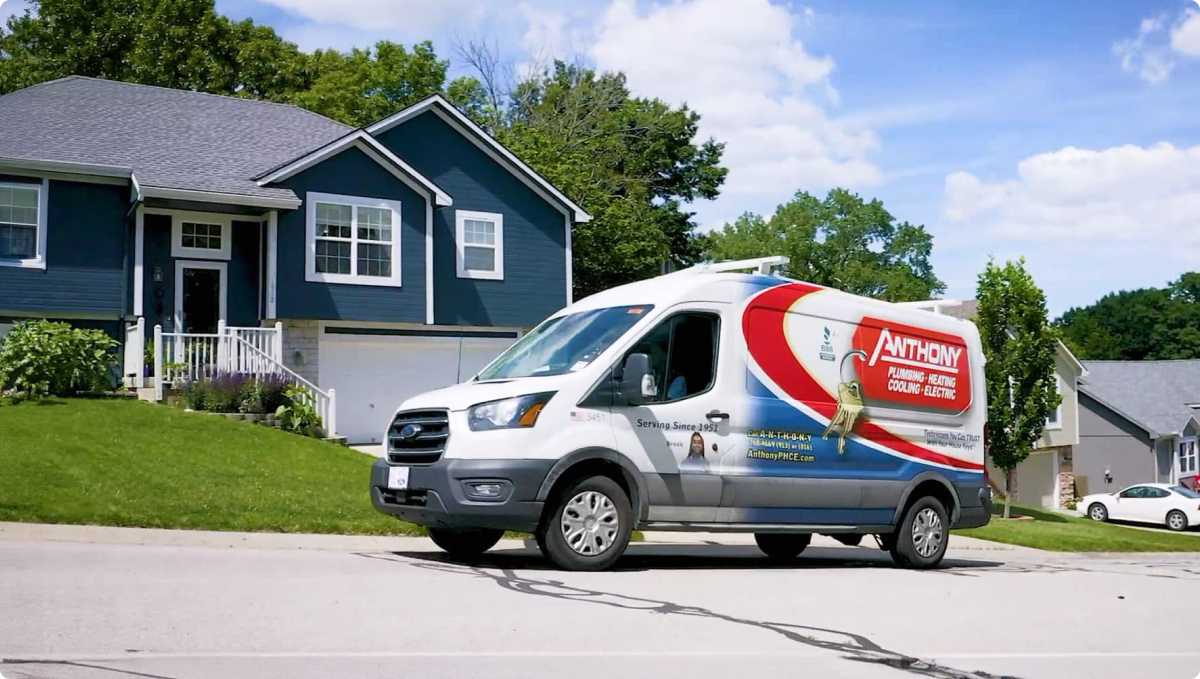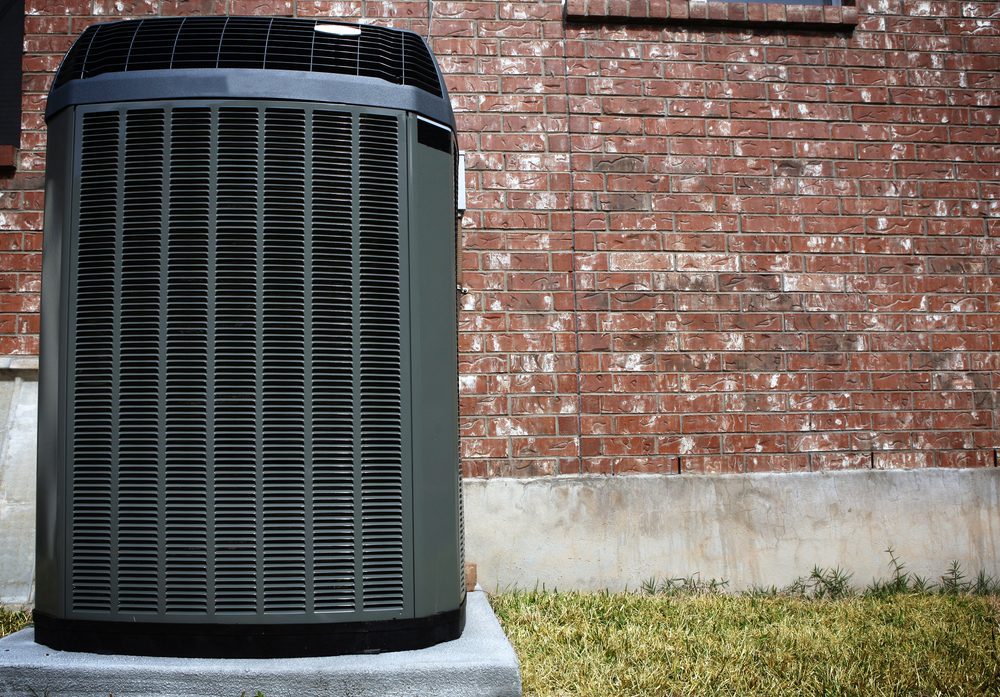How To Know If Your Furnace Is Broken

There’s nothing more frustrating than a malfunctioning furnace in the dead of winter, especially when temperatures average around 30 degrees. The average homeowner might know all the exact signs that your furnace is beginning to break down, but there are smaller, underlying indicators that could go unnoticed.
Regardless of your furnace knowledge, there are several steps you can take to troubleshoot why your furnace might not be working properly.
Subtle Signs Your Furnace Is Starting to Break Down
When your heating system begins to show subtle signs of wear, it’s crucial to take note to avoid bigger issues later. Here’s what to watch for:
- Increased Utility Bill: A sudden spike in your utility bill can signal inefficiency in your furnace, often a sign it’s working harder than usual.
- Strange Noises: Unusual sounds, like banging or whistling, might indicate internal issues.
- Yellow Pilot Light: For gas furnaces, a pilot light that is yellow instead of blue can be a sign of poor combustion.
- Start-Up Issues: Difficulty in starting or maintaining a flame can hint at a problem.
- Age of the Furnace: Furnaces typically last 15-20 years. If yours is older, it might be nearing the end of its lifespan.
Regular furnace maintenance can catch these issues early, preventing a complete breakdown.
Common Misconceptions About Furnace Issues
Not every issue you face with your home’s heating and cooling system indicates a complete breakdown. Sometimes an issue with your furnace can be resolved without the help of a professional. Some examples which could simply involve a battery or filter change, include:
- Thermostat Settings: Sometimes, the issue is as simple as incorrect thermostat settings or dead batteries. Ensure it’s set to heat and the temperature is higher than the room’s current temperature. If your thermostat’s batteries seem to be dead or dying, replacing them could also resolve your heating issues.
- Power Supply: Check if your furnace’s power switch is on. A tripped circuit breaker could also be the culprit. If you believe this could involve more complex electrical issues, then contacting an electrician could also help.
- Dirty Filters: Due to the dry weather and time spent indoors, more dust particles and contaminants can clog up your home’s filters. Clogged filters restrict airflow, leading to overheating and automatic shutdown. Regularly changing the filters can prevent this. If you have animals that shed, like a dog or cat, then it’s equally important to change your filters since they can get clogged even faster.
- Normal Noises & Smells: Some noises are normal for a functioning furnace. Your furnace might roar to life when it kicks on but then remain relatively quiet while blowing warm air across your home. It might let out a burning smell if it hasn’t been run in a while. Once you know what smells and sounds are normal, it’s crucial to differentiate these from unusual sounds that indicate a problem.
- Closed & Blocked Vents: Ensure all vents in your home are open and free from furniture blocking them. Closed or blocked vents can cause the system to work inefficiently.
Key Signs Your Furnace Has Broken Down
A furnace in need of repair will often display more urgent signs. Recognizing these can save you from a cold home and potentially dangerous situations:
- Blowing Cold Air: A furnace that’s blowing cold air is a clear sign of malfunction.
- Carbon Monoxide Leak: Symptoms of carbon monoxide poisoning like headaches or dizziness, a yellow pilot light, and soot around the furnace are warning signs. Elevated levels of carbon monoxide require immediate attention.
- Cracked Heat Exchanger: This can lead to leaking carbon monoxide. A cracked heat exchanger needs urgent repair by an HVAC professional.
- Persistent Noises: Continuous strange noises from your furnace often indicate internal issues.
- Frequent Cycling: If your furnace turns on and off more than usual, it’s a sign of trouble.
- Visible Leaks from the Furnace: Any sign of leaking, either water or gas, is a serious concern.
In these scenarios, it’s crucial to contact an HVAC professional for furnace repair immediately, especially in cases involving potential carbon monoxide leaks. Regular heating and cooling maintenance can prevent many of these issues.
Emergency Situations and Carbon Monoxide Leaks:
Some of the main culprits or circumstances surrounding a broken down furnace should call for a more urgent heating repair call. These include:
- Carbon Monoxide Leak: This is a critical emergency. Symptoms include headaches, dizziness, and nausea. If you suspect a leak, evacuate immediately and call for emergency services.
- How to tell if your furnace is leaking carbon monoxide: Look for a yellow or flickering flame, soot around the furnace, excess moisture on windows and walls near the appliance, and rusting on pipe connections.
- The carbon monoxide detectors that are closest to your furnace are also key signs that the furnace might be leaking this toxic gas. Take note of this before getting to a safe area and waiting for a heating professional to help.
- No Heat in Freezing Temperatures: Lack of heating during extreme cold is an emergency due to the risk of frozen pipes and discomfort.
- You should seek a warm and safe place to wait for a heating professional to arrive.
You Can Count On Us: Anthony Plumbing, Heating, Cooling, & Electric
For reliable furnace repair and maintenance, you can always turn to our technicians with Anthony Plumbing, Heating, Cooling, & Electric. We’re available 7 days a week for emergencies, ensuring your furnace is safe and efficient. With expert technicians trained in handling a variety of heating systems and a commitment to customer satisfaction, you can trust Anthony for all your heating needs. Please contact Anthony Plumbing, Heating, Cooling & Electric in Kansas City for peace of mind this winter.



